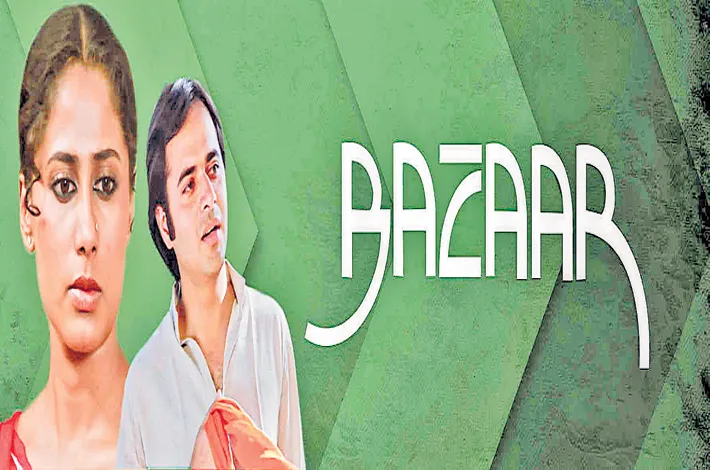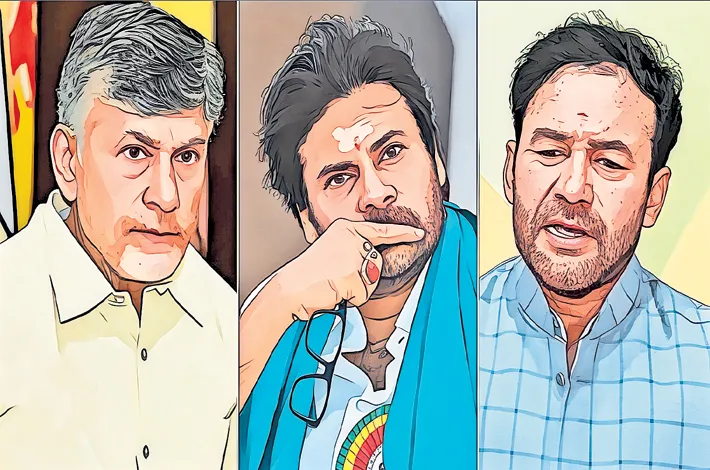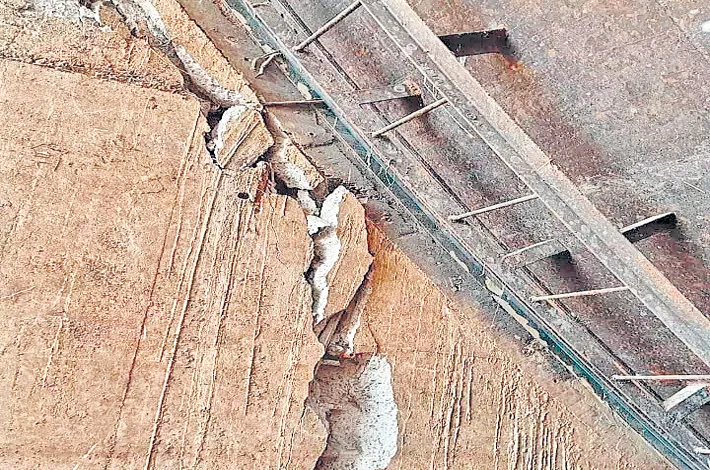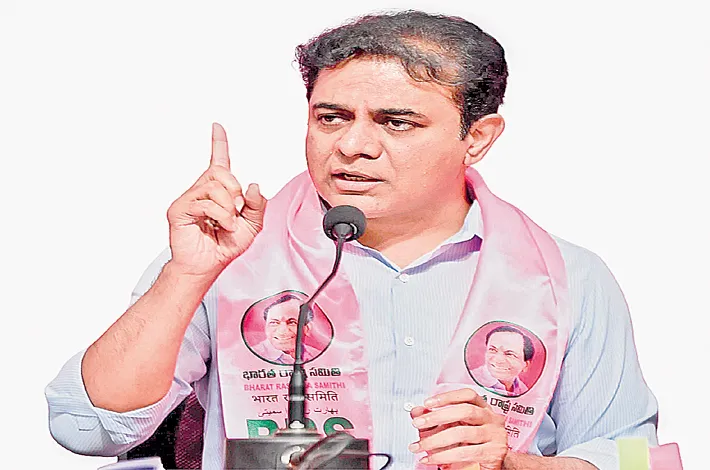Daccani Jubaan
24-06-2025 12:00:00 AM

In the vibrant cultural spectrum of India’s Deccan region, the Daccani jubaan (language), also known as Deccani Urdu or Hindustani, stands as a testament to the region’s rich history and syncretic heritage. This Indo-Aryan language variety, spoken primarily in Telangana, Andhra Pradesh, Karnataka, and Maharashtra, is celebrated for its linguistic elegance, poetic depth, and role as a bridge between communities.
Daccani emerged as a lingua franca during the 14th century under the Delhi and Bahmani Sultanates, when trade and migration brought Hindustani speakers to the Deccan. Over time, it absorbed influences from Persian, Arabic, Telugu, Kannada, and Marathi, creating a unique linguistic identity. “Daccani is not just a language; it’s a cultural confluence,” says Dr. Ayesha Siddiqui, a linguist at Osmania University. “It’s vocabulary and expressions reflect the Deccan’s pluralistic ethos.”
The beauty of Daccani lies in its versatility and expressiveness. Its soft, melodic cadence and earthy idioms resonate in everyday conversations, folk songs, and poetry. During the Deccan Sultanates, Daccani flourished as a literary language, with poets like Mohammed Quli Qutb Shah, the founder of Hyderabad, penning verses that celebrated love, nature, and spirituality. His iconic poem, “Piya Baj Pyala, Piya Jaye Na,” remains a beloved piece of Daccani literature, showcasing the language’s lyrical charm.
Today, Daccani continues to thrive in Hyderabad’s bustling bazaars, qawwali performances, and local theater. Its humour and wit shine in mushairas (poetry recitals) and dialogues in Hyderabadi films. “Daccani is our heart’s language,” says Asif Khan, a local shopkeeper in Charminar. “It’s how we joke, love, and connect.”
Despite its cultural significance, Daccani faces challenges. Standard Urdu and regional languages often overshadow it in education and media. However, efforts to preserve this linguistic gem are gaining momentum. Organizations like the Deccani Adab Foundation host workshops and festivals to promote Daccani literature, while social media platforms amplify its quirky phrases, attracting younger audiences.
As Hyderabad evolves, Daccani zabaan remains a vital link to the Deccan’s past and a vibrant expression of its present. Its importance lies not only in its historical roots but also in its ability to unite diverse communities through the universal language of beauty and belonging.








